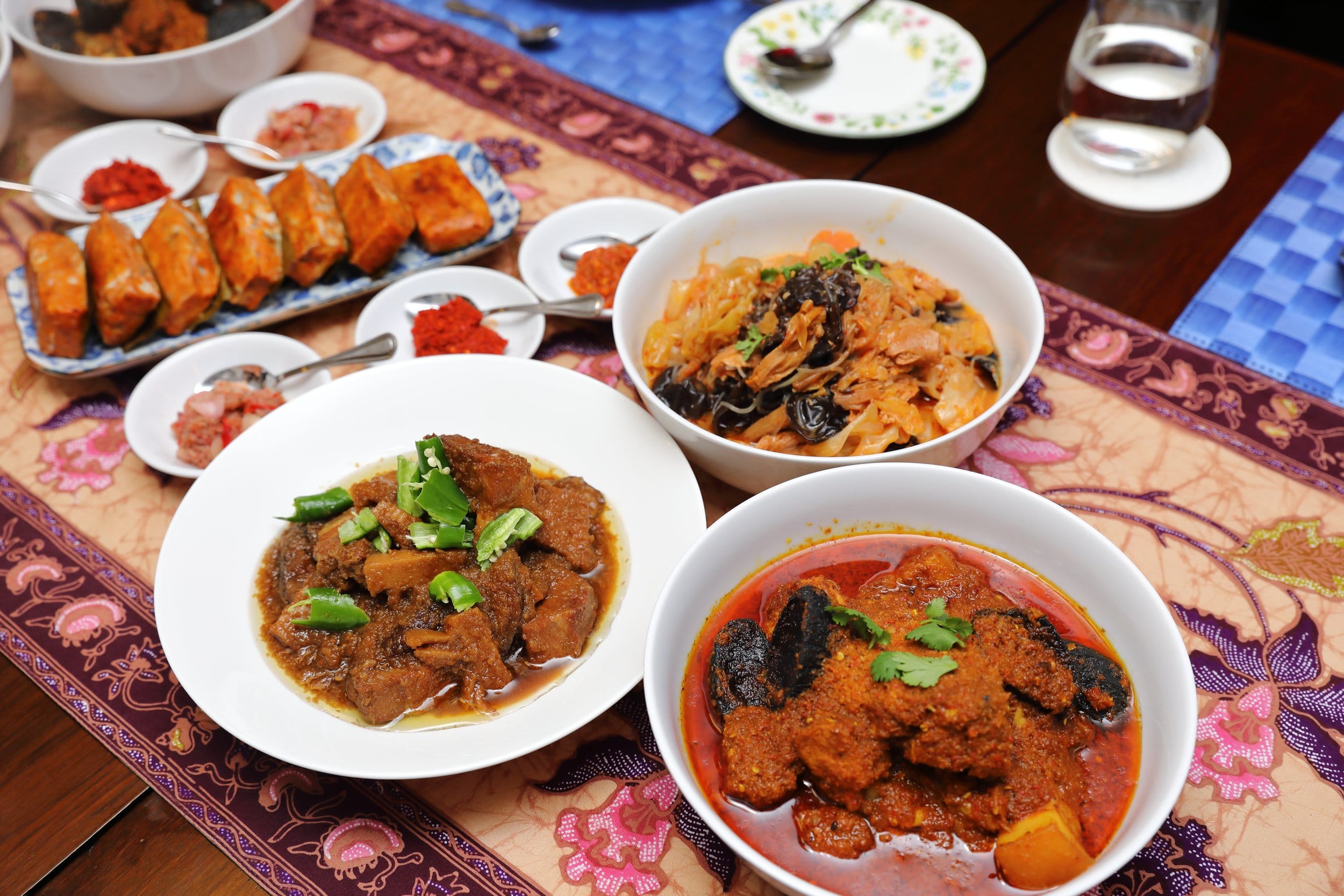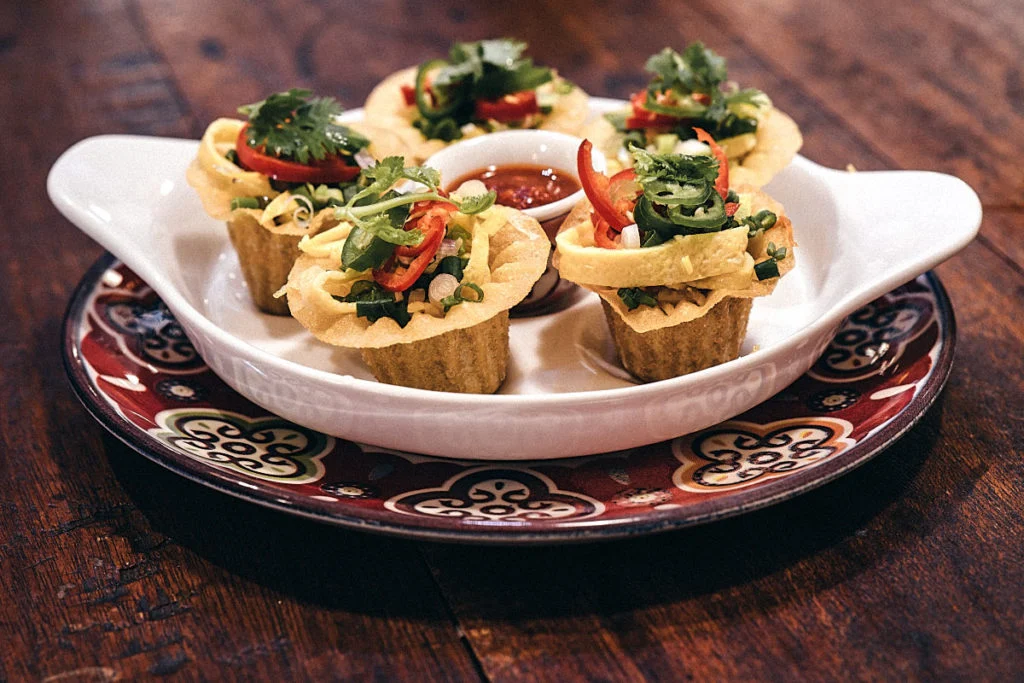Singapore’s rich and vibrant food culture is one of the clearest reflections of its multicultural heritage. As a melting pot of civilizations, the island has developed a culinary landscape where diverse ethnic food traditions blend harmoniously. The cultural fusion in Singaporean cuisine is not accidental—it’s the result of centuries of migration, trade, colonization, and coexistence among major ethnic communities: Chinese, Malay, Indian, and Peranakan.
This unique blend has created an authentic, flavorful, and highly recognizable food identity that’s celebrated both locally and globally. From hawker centres to high-end restaurants, Singaporean dishes tell a story of cultural convergence, innovation, and community.

The Chinese Influence: From Southern Traditions to Local Twists
The Chinese community in Singapore, largely descended from immigrants from Southern China—especially the Hokkien, Cantonese, Teochew, and Hakka groups—has deeply shaped Singapore’s culinary scene. These subcultures brought with them regional Chinese cuisines, which were then adapted using local ingredients and cooking methods.
Popular dishes like Hainanese chicken rice, bak kut teh (herbal pork rib soup), and char kway teow (fried rice noodles) showcase this influence. Over time, these dishes have become localized versions of Chinese fare, embodying both traditional flavors and Singaporean preferences.
Malay Contributions: Aromatic Spices and Indigenous Roots
As one of the original inhabitants of the Malay Peninsula, the Malay population has infused Singaporean cuisine with deep, aromatic flavors derived from tropical ingredients and Southeast Asian cooking techniques. Staples like nasi lemak (coconut rice with sambal), satay (grilled skewers with peanut sauce), and rendang (spiced meat stew) reflect a deep tradition of using lemongrass, galangal, turmeric, and chili.
Malay cuisine’s emphasis on balance—between spicy, sweet, and savory—has significantly contributed to the flavor profile of modern Singaporean food. Many Malay dishes have been incorporated into mainstream menus, influencing the broader national palate.
Indian Influence: Bold Flavors and Vibrant Techniques
The Indian community in Singapore, primarily Tamils from South India along with North Indian migrants, introduced an exciting range of spice-rich dishes, breads, and vegetarian specialties. The famous roti prata, fish head curry, biryani, and thosai (rice crepes) are now cornerstones of Singaporean food culture.
Indian cuisine in Singapore is not just about heat—it’s about complexity, layering spices like cardamom, cumin, mustard seeds, and fenugreek to create bold and memorable flavors. Many dishes were modified to suit local tastes or to reflect cross-cultural influences, leading to Singapore-style Indian food that is distinct from its mainland counterparts.
The Peranakan Legacy: The Original Fusion Cuisine
Perhaps the most iconic example of cultural blending in food is Peranakan cuisine, also known as Nyonya food. Originating from intermarriages between Chinese settlers and local Malays, the Peranakans created a vibrant culinary tradition that merges Chinese cooking techniques with Malay ingredients and spices.

Peranakan dishes such as laksa, ayam buah keluak (chicken with black nuts), and kueh pie tee reflect a refined, labor-intensive approach to food, often requiring hours of preparation. The use of belacan, candlenut, pandan leaves, and coconut milk define the distinctive taste of this heritage cuisine.
Fusion at the Hawker Centre: Where Cultures Collide on a Plate
Singapore’s iconic hawker centres are the heart of everyday dining and the clearest showcase of the country’s culinary integration. Here, a plate of Indian mee goreng, a bowl of Malay-style Chinese noodles, or fusion satay burgers all coexist under one roof.
These food hubs demonstrate how cultural exchange through cuisine has become an everyday experience for Singaporeans. Dishes have evolved through ingredient borrowing, shared techniques, and taste adaptation, creating truly Singaporean classics.
Contemporary Singaporean Cuisine: Reinvention and Innovation
Modern chefs in Singapore continue to push the boundaries of fusion cooking. Restaurants now offer contemporary interpretations of traditional dishes—think deconstructed laksa, Peranakan-inspired tapas, or Malay-Indian fusion desserts.
Global culinary trends such as plant-based cuisine, fine dining with local ingredients, and experimental cooking are being integrated with heritage flavors. This creates a dynamic food culture that’s both rooted in the past and forward-looking.
Cultural Significance: Food as a Unifying Force
Food in Singapore is more than just sustenance—it’s a reflection of the nation’s shared identity and a symbol of harmonious coexistence. The way Chinese, Malay, Indian, and Peranakan cuisines interact and overlap mirrors Singapore’s broader commitment to multiculturalism and social unity.
National celebrations such as Hari Raya, Deepavali, Chinese New Year, and National Day are marked by feasts that include dishes from across cultures. In Singapore, to eat is to connect—to one’s roots, to others, and to a collective national story.
Conclusion: A Culinary Tapestry Unique to the World
The cultural fusion in Singaporean cuisine is a living, evolving story of immigration, community, and creativity. It brings together Chinese stir-fry, Malay sambal, Indian spices, and Peranakan complexity into one of the world’s most distinctive food cultures.
Whether enjoyed at a humble hawker stall or a Michelin-starred restaurant, every bite in Singapore is layered with history, flavor, and meaning. This fusion not only feeds the stomach but also nourishes a shared national soul—one forged through diversity and unity.

